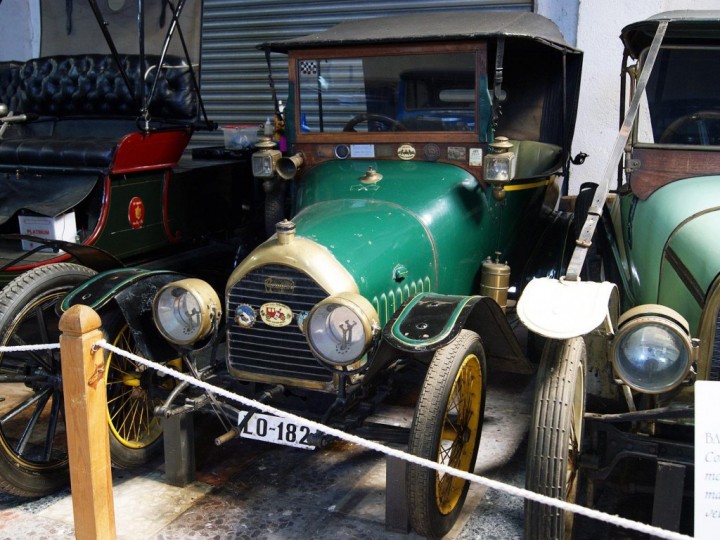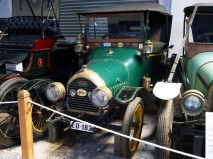1913 Peugeot BeBe
The Type BP1 Bébé was a design by Ettore Bugatti, initially for the German car firm Wanderer, then also built under license by Peugeot for the French market. Peugeot displayed it under their marque at the Paris Motor Show in 1912. Production began in 1913 following discontinuation of the Type 69. Wanderer built their car with Bugatti's own 4-speed transmission, but in order to keep production costs down for the French version, Peugeot fitted a 2-speed gearbox initially, which was then replaced by their own 3-speed. The engine was also Peugeot's own, a tiny straight-4 that produced 10 horsepower (7.5 kW) at 2000 rpm, which gave the small car a top speed of 60 kilometres per hour (37 mph). Weight was again below 350 kilograms (770 lb), though the track was wide enough for two to sit abreast. Bébé scored some racing success among small car classes, notably at Mont Ventoux in 1913, where it won in its class.
This model ran until 1916. Advertising promoted its qualities as an economy product, in one case highlighting the comparison with more conventional transport in the case of a rural doctor, needing to cover approximately 40 kilometers (25 miles) per day, for whom a Bébé would replace a team of two horses, while costing no more than one of them.
With a total of 3,095 produced, and despite the dire economic conditions created by the war, the Bugatti designed Bébé was the first production Peugeot to breach the 3,000 units threshold.







